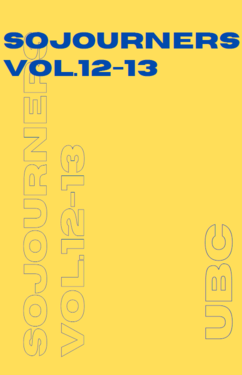Framing Rationality and Emotionality in Wet'suwet'en Protests
DOI:
https://doi.org/10.14288/soj.v12i1.195971Abstract
On January 7, 2019, the RCMP confronted anti-pipeline protesters of the Wet’suwet’en First Nation near Houston, B.C. in a military-style raid. The confrontation took place over the contested Coastal GasLink (CGL) pipeline project which proposes to carry gas from Dawson Creek to Kitimat but must cross traditional and unceded land in order to do so. This study seeks to answer the question: How does the media depict the Wet’suwet’en protests, including protesters and government agents, using frames of rationality/emotionality, and how frequent are these frames? Scholars of social movements have long argued that the media is biased in reporting social movements (Giorgi, 2017; Corrigall-Brown and Wilkes, 2012; Grenier, 1994; McCluskey et al., 2009; McLeod and Detenber, 1999; Smith et al., 2001; Gilcrhist, 2010). One way the media does this is by representing protesters as irrational and emotional while simultaneously depicting figures of authority like the police and governmental officials as the opposite—rational and objective (Corrigall-Brown and Wilkes, McCluskey et al., 2009; Grenier, 1994). This study uses a feminist deconstruction approach to analyze how the media frames Wet’suwet’en protesters using frames of rationality and emotionality. I present my research on how three Canadian news publications framed the Wet’suwet’en protests using frames of rationality and emotionality and explore the feminist implications of this framing. The research shows that while media publications generally tend to frame protesters as rational, protesters are still framed as more emotional than government agents. In some cases, the frame of emotionality may latently suggest that protesters lack rational judgement and credibility. Some types of media tend to frame protesters as more rational or irrational than others. Indigenous publications may tend to overemphasize the rationality of protesters compared to other mainstream publications, perhaps to counter or undo the dominant narrative in mainstream publications.
Downloads
Published
Issue
Section
License
Copyright (c) 2021 Moneeza Badat

This work is licensed under a Creative Commons Attribution-NonCommercial 4.0 International License.

